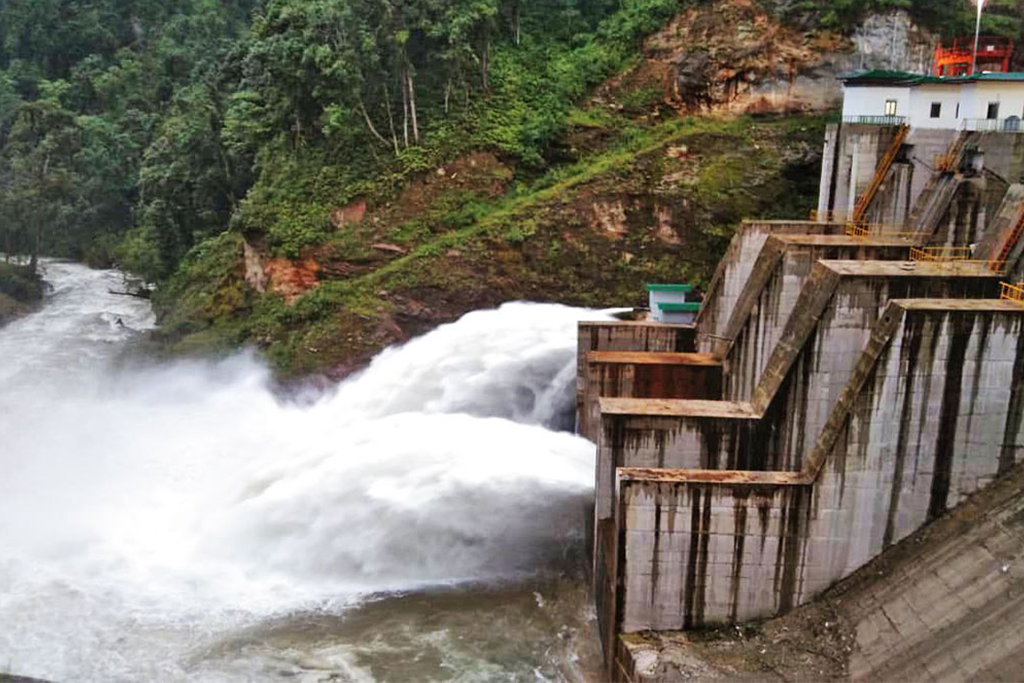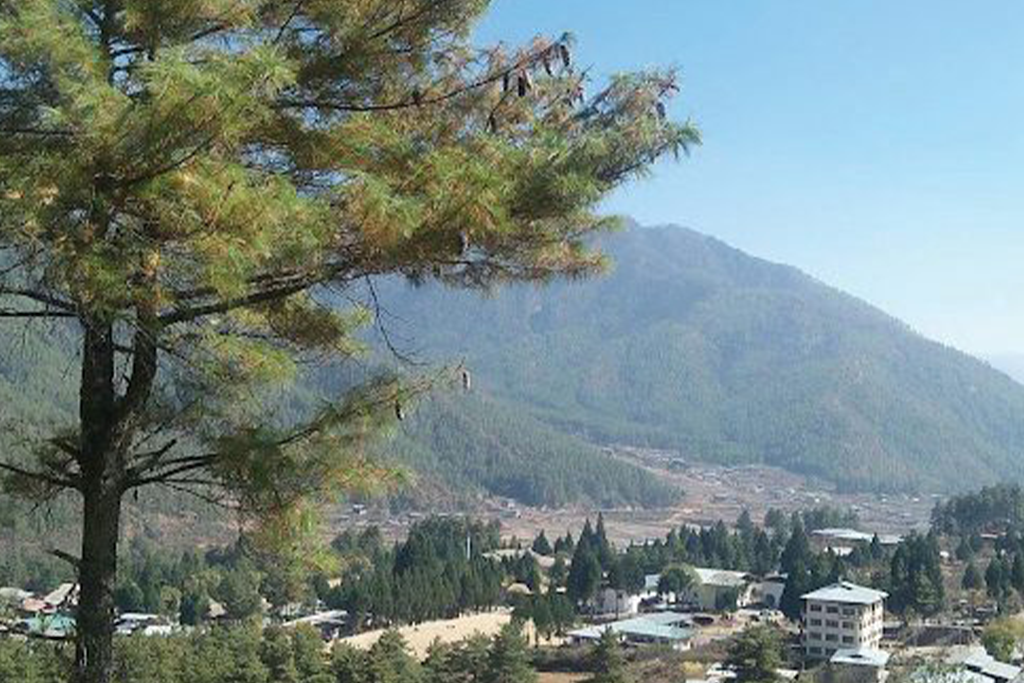Bhutan is gearing up for an ambitious energy transformation over the next 15 years, aiming to add 15,000 megawatts (MW) of hydropower and between 5,000 and 6,000 MW of solar energy to its current capacity.
With 2,500 MW of hydropower already operational and about 3,000 MW under construction, Bhutan plans to achieve a total installed capacity of 30,000 MW by 2040.
However, achieving this goal will require significant investment—an estimated USD 26 billion(B) or roughly USD 1.5 to 1.6B annually—an ambitious target considering Bhutan’s GDP is around USD 3B.
Bhutan’s current installed hydropower capacity represents just 8 percent of its overall potential.
The managing director of Druk Green Power Corporation (DGPC), Dasho Chhewang Rinzin, said that while Bhutan has enjoyed robust hydropower demand with the ability to export 60-70 percent of its electricity to India, recent planning shortcomings have led to winter electricity shortages.
“Only one-fourth or one-fifth of the installed capacity is operational in the winter. Although we have an installed capacity of 2,500 MW, we are generating only about 450 MW during the winter months,” he said.
In recent years, the supply has been low while demand has grown by 100 percent over the last two years, from 450 MW to 900 MW. “This year, it will reach 1,100 MW, and next year, it will be 1,600 MW. By 2034, it will be 3,500 MW, and by 2040, it will be 4,000 MW,” Dasho Chhewang Rinzin said.
To meet the projected demand of 4,000 MW by 2040, Bhutan will need to increase its installed capacity significantly to 20,000 to 25,000 MW. “This requires a strategic rethinking of energy policies and a shift toward a diversified energy portfolio, with solar-hydro hybrids being viewed as a key solution,” he said.
Bhutan plans to encourage private sector investments, allowing minority shareholdings of up to 49 percent in hydropower projects and full ownership in solar initiatives. While most of Bhutan’s hydropower projects have been developed through bilateral agreements with India, the country is now seeking multilateral investments to diversify its funding sources.
Dasho Chhewang Rinzin clarified that while Bhutan’s biggest partner will continue to be India, the country needs to diversify its investment and project structures so that by 2035 or 2040, Bhutan can ensure it has sufficient power to meet both local and regional demand.
Currently, 80 percent of Bhutan’s energy is consumed by industries, with the remaining 15-20 percent used by households.
He also emphasised that the government must not ensure 100 percent private ownership of hydropower as it is Bhutan’s only sustainable resource. “It is enshrined in the constitution that natural resources belong to the people and should not fall into the hands of a few.”
He added that climate change is affecting river patterns, alongside receding glaciers. However, he is optimistic that the flow would increase, though it might become more erratic. The government is also looking to invest in reservoir projects to help meet winter demands.
Realising this ambitious goal will require substantial infrastructure investments, including new dams, reservoirs, transmission lines, and energy storage systems to create a reliable supply and distribution network.
Bhutan’s low carbon footprint and long-term revenue potential make hydropower sector an attractive opportunity for investors. Political stability and a strong commitment to sustainability further enhance Bhutan’s appeal to foreign investment.
Bhutan can look to sovereign wealth funds, pension funds, and other institutional investors, which are increasingly focusing on green investments.
The Vice Chair of Canaccord Genuity in Canada, Rod Phillips, suggested that Bhutan explore changes to its existing regulations to attract foreign direct investment (FDI) in hydropower, while emphasising the importance of its relationship with India due to its economic size.
The Vice President for South Asia at the World Bank Group, Martin Raiser, highlighted several challenges for Bhutan’s hydropower sector, including the macroeconomic impact of significant investments, infrastructure needs, environmental protection, diversification of power sources, and diversification of funding sources.
He stressed the importance of having diverse financing models and creating linkages that generate opportunities to fulfill Bhutan’s hydropower potential. He mentioned that the World Bank has invested USD 17B in hydropower projects in 68 countries over the years.
The World Bank is looking to proportionately increase its funding to USD 600 million for Bhutan due to the regional context.
Thinley Namgay | Kuensel



